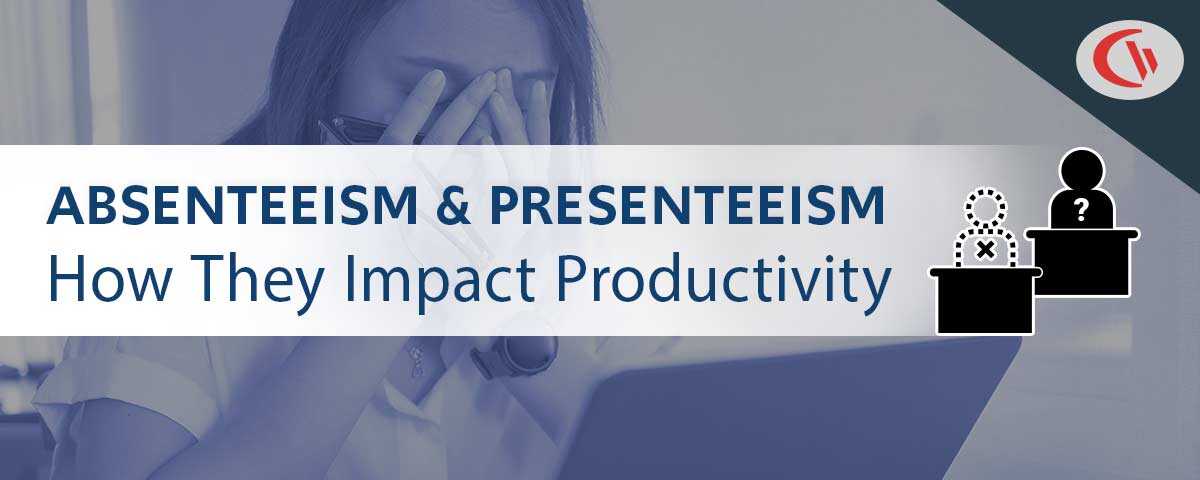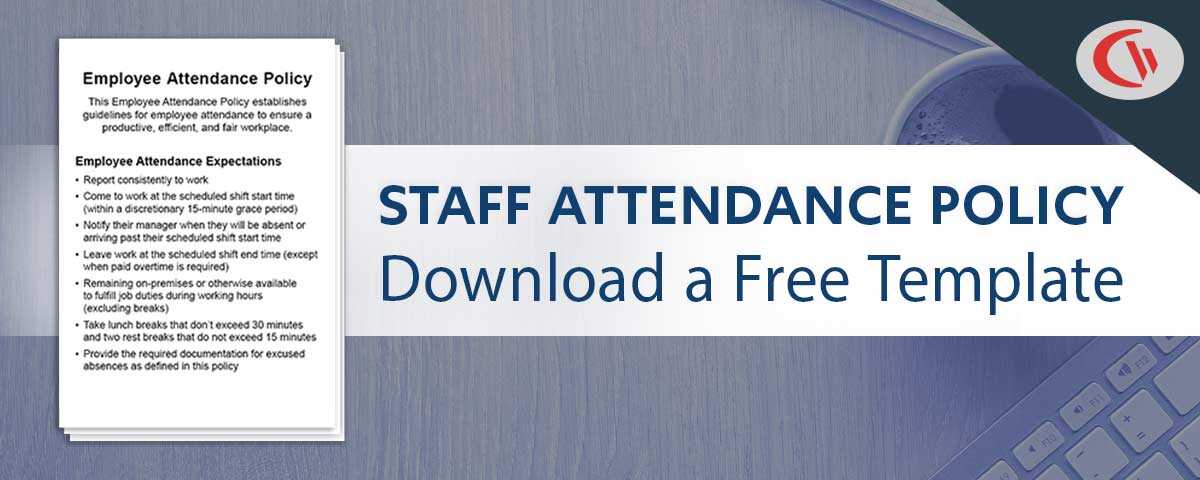What Is Goldbricking? What is Cyberloafing?

Companies are heavily reliant on the quality and volume of work that their employees produce. From that reliance comes a needed level of trust and respect between the company and its workers; the company needs to trust that its workers are regularly producing quality work at acceptable rates, and the employees need to respect the quality standards of their company.
In the early years of capitalism and industrialism, the workers faced much more strict supervision as they worked in fields, factories and other labor-intensive industries. With large numbers of workers gathering in one building or area to work towards a common goal, supervisors had a great line of sight on where and how each of the employees were working. Strict supervision, long hours, few breaks, and intense work conditions made it very difficult for the workers to do anything aside from work.
However, as working conditions and industries have evolved along with technology, the opportunities for workers to ease off from working have become much more prevalent – and workers are making the most of these opportunities. When employees take advantage of their opportunities to abstain from working while on company time, this is referred to as goldbricking.
Want to stop Goldbricking and Cyberloafing in the workplace? With BrowseReporter you can track the computer activity of your employees, giving you detailed insights into how they spend their time on work computers.
What is Goldbricking?
The term goldbricking is used to describe the acts of someone who intentionally does less work than they are capable of, while convincing others that they are indeed working to their full ability and capacity. The imagery of the phrase depicts a brick that has been painted in gold in order to disguise itself and increase its worth.
A goldbricker is someone who does not work to their full potential, and instead seeks ways in which they can do as little work as possible without facing any consequences from management. These types of workers are detrimental to the production and overall well-being of a company.
With most people now working daily from a computer and completing tasks over the internet, the term cyberloafing is now another term being used to describe goldbrickers. Workers now use their computer and internet access to slack off while on company time, browsing social media and shopping online amongst other cyberloafing activities.
What Causes Goldbricking?
Boredom
Many HR professionals and behavioral psychologists believe that the most common cause for goldbricking is a lack of excitement and enthusiasm from employees. When workers no longer look forward to and enjoy the work that they are doing, they tend to find ways to avoid their daily tasks.
Bored employees who tend to avoid their tasks cost American businesses $450 to $550 billion in lost productivity per year, according to Gallup.com. Bored workers are also 2 times more likely to quit, resulting in higher turnover rates and the high costs of the hiring process.
Higher Efficiency
Similarly to the point above, those who have been working the same job for a long period of time can become quite skilled at goldbricking. Once workers have repeated the same tasks and have become quick at completing them, they can then find ways in which to fill the time between. As employees become quicker and more efficient at their job, they should be letting their manager know that they have the bandwidth to take on more responsibility. Those that do not do so can continue to complete tasks quickly and have more free time in between to goldbrick and cyberloaf.
Workplace Culture
Goldbricking can also become ingrained within the culture of a company’s workforce. When employees themselves begin to recognize patterns of goldbricking without seeing any actual consequences for those doing so, they will likely begin to partake in the act to some degree themselves.
A poor workplace culture is detrimental to the health of any company. John P. Kotter’s highly acclaimed book “Corporate Culture and Performance” included a long-term study that found the average revenue increase for a company with a poor performance-enhancing culture grew by 166% over an 11 year period. Compare this to the 682% revenue growth for companies with strong performance-enhancing cultures.
A strong performance culture cannot include workers who are goldbricking, and companies with a goldbricking culture will fall far behind their competition.
The Internet
The practically limitless amounts of distractions that employees face while working on computers and having smart phones is unprecedented and is increasing the ways in which goldbricking is possible. When working from a computer, access to social media and other forms of entertainment can conjugate long periods of distraction and procrastination.
Results from a Salary.com survey found that 39% of employees waste up to 1 hour on the Internet during a work day, with 29% wasting 1-2 hours and 32% wasting more than 2 hours per day. Across an entire workforce and over a long period of time, those hours will add up and the time wasted will significantly affect a company’s overall production.
Why is Goldbricking an Issue?
At the end of the day, every company is dependent on their employees to work at an adequate level of effort, concentration, and purpose. When these levels drop, the production of the company drops, and the loss of potential revenue becomes damaging. In a capitalist society, production is key and all members of a team are responsible for maintaining their individual productive outputs in order to achieve a collective goal.
Goldbricking is a major issue because it costs your company time and money. An article from Forbes.com finds that the average disengaged employee can cost a company 34% of their annual salary. With the average worker in America making $47,000 per year, that results in $15,980 of lost value to the employer. How many employees work within your company? Can your company afford to lose out on 34% of their annual salary?
Goldbricking and cyberloafing can quickly become a cancerous problem throughout companies, too. The issue, if not acknowledged and persecuted, can quickly spread amongst employees as they themself begin to recognize patterns of slacking from their peers, managers, and leaders.
When this issue is not adequately addressed, even the most long-standing companies could be required to overhaul their workforce in order to change the company culture and restabilize necessary levels of productivity and quality.
Signs of Goldbricking in the Workforce
Low Productivity
Low levels of productivity would be the most glaring sign of goldbricking within a company. However, for companies with a large number of employees, isolating and identifying the employees who are most responsible for the loss in production can become very difficult.
Want to track employee productivity in your company? Download a free trial of CurrentWare’s employee productivity monitoring software BrowseReporter.
Hidden Screens
A classic indicator of employees cyberloafing at work would be when a manager breezes by an employee’s desk and sees them quickly switch the browser on their screen to hide the website they were browsing. We’ve all been in this situation before, on one side or the other, and it can be quite obvious that the culprit is attempting to cover up their procrastination.
Delayed Communication
For companies that have adopted work from home strategies, the dependence on virtual communication apps can create greater opportunities for goldbricking. Without a direct line of sight that managers would have in a typical office space, those working from home have more ways to cyberloaf. In this case, employees who often provide delayed responses to emails and chat groups can presumably be away from their computer and not actually working.
Browser History
Since a vast majority of work is now being done online, companies often choose to install computer and internet tracking software to help identify cyberloafers. With this sort of software in place, managers and the IT team can easily report on the time employees spend using their computer. If the employee is spending more time watching videos or playing games than they are actually doing work for the company, it will be easy to confront them and pursue consequences.
Phantom Projects
Managers can also be culprits of goldbricking themselves as they can create the notion amongst their team that they are working on tasks above the level of those below them. Managers can create “phantom projects” that are used to convince their team that they are busy working on important tasks. With this being done, the lower level workers can be fooled into thinking that their manager does not have the time to support them, further reducing the team’s productive output.
Poor Quality of Work
The poor quality of work delivered by employees across any level of a company can also be an indicator of goldbricking. Work that is delivered late or at a low level of quality can be a result of workers who did not put in the necessary amounts of time and effort that is expected of them. For teams that have a more prominent goldbricking and cyberloafing culture, their levels of work can fall behind the other teams within the company.
How to Prevent Goldbricking in the Workplace
As a company, one of your main focuses should be the quality and volume of work that your team is producing. If one worker or an entire team is not pulling their weight, your company will not be able to reach its full potential. Preventing goldbricking and cyberloafing in the workplace will be an ongoing challenge that will require a variety of strategies and resources.
Set Standards and Expectations
From the interview process on through the training and onboarding for new employees, the standards and expectations of work within your company needs to be clearly communicated and emphasized.
In many industries, setting a production or revenue quota for a worker will be effective in pushing them to work to their best abilities. In other fields of work, it should be expected of employees to show up to work on time, work well with others, and be a positive contributing member of the team.
If these standards and expectations are not met by employees at any level within the company, direct action should be taken by management to help correct the worker’s behavior. If action is not taken, then the company culture can become toxic as employees begin to abuse the leadership’s lenient policies.
Provide More Stimulating and Challenging Tasks
The enthusiasm and energy that a new employee brings to a team can be uplifting for the other workers. Unfortunately, however, this level of enthusiastic energy can quickly wane as workers go on to complete the same tasks repeatedly over a long course of time. This phenomenon is commonly referred to as burnout, and it is often one of the first triggers of goldbricking.
As workers complete tasks, they become more efficient as they learn new ways to get the job done more quickly and with less effort. Once they reach this stage, management should recognize this stage in their development and begin to delegate more challenging work.
With new challenges given to them, complacent workers can once again become energized and excited to get the job done. The new levels of responsibility and their own self-perceived development can inspire them to continue working towards their advancement and promotion within the company, creating a more purposeful and competitive company culture.
Employee Monitoring Software
For companies that require their employees to be working primarily from a computer, installing CurrentWare’s employee internet management software will be the most effective method to prevent goldbricking and cyberloafing.
With BrowseReporter, managers can easily track the websites employees are visiting and the applications they use during work hours. Browsing and computer usage reports can be configured and scheduled for leadership to consistently monitor the behavior of their workers. With BrowseReporter installed, identifying cyberloafers has never been easier.
Web Filtering Software
BrowseControl is a website and application blocking software that can stop employees from accessing social media, online shopping, video games, and other types of websites or applications that distract them from their priorities at work.


